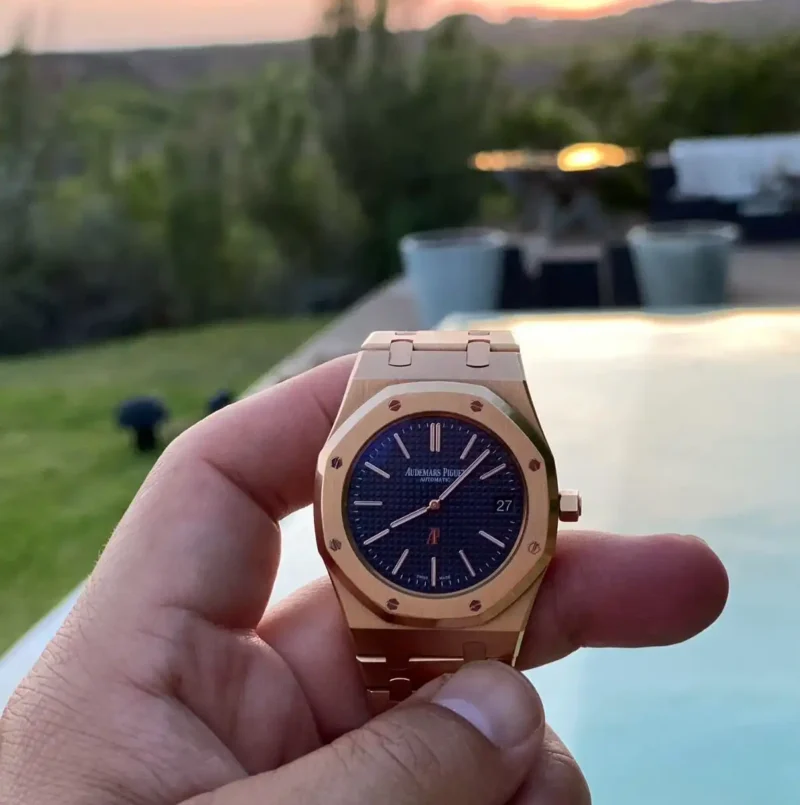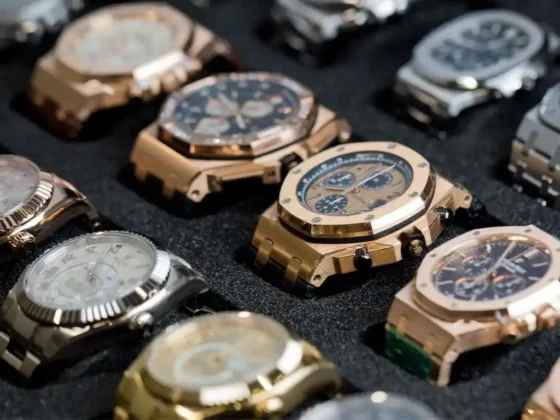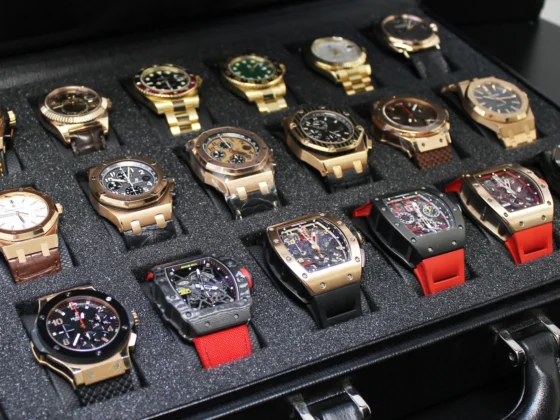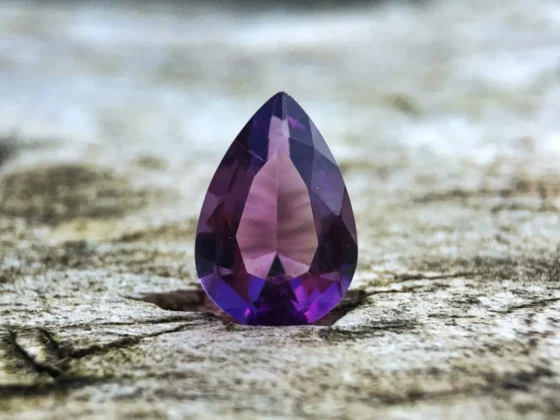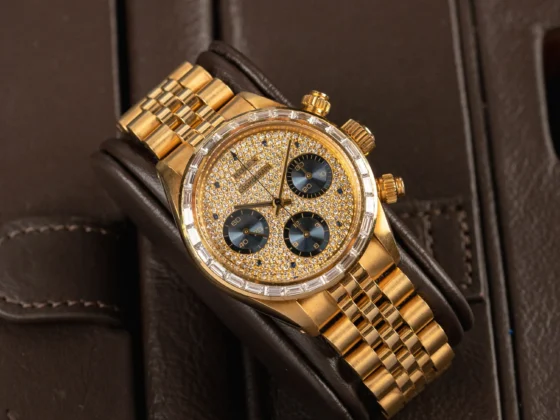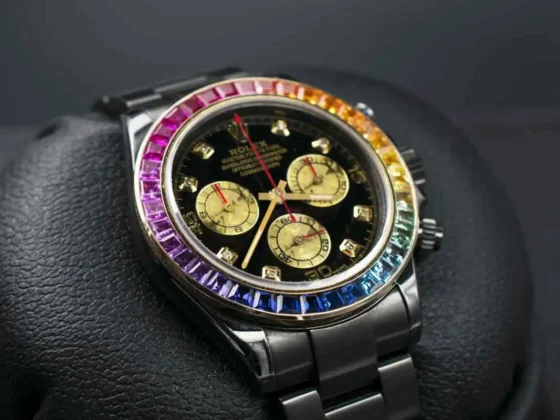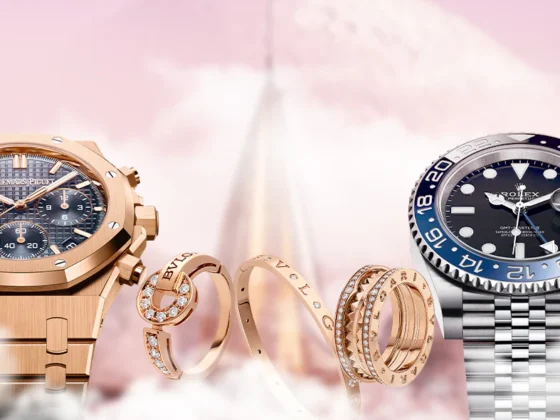The luxury goods market, encompassing high-end watches, jewelry, fashion, and more, has become an increasingly attractive avenue for investment. Over the past decade, collectors and investors alike have realized that luxury assets can offer significant financial returns, in addition to their inherent aesthetic and emotional value. This guide will walk you through the key strategies for maximizing returns on investments in luxury goods.

Why Invest in Luxury Goods?
Luxury goods, particularly watches and fine jewelry, have demonstrated remarkable resilience and growth potential, even in times of economic uncertainty. Brands like Rolex, Patek Philippe, and Cartier have established themselves not only as status symbols but as reliable investment assets. Similarly, jewelry featuring rare gemstones or crafted by iconic designers has shown significant appreciation in value.
Several factors contribute to the growing interest in luxury goods as investments:
- Tangible Assets: Unlike stocks or bonds, luxury goods are tangible assets that provide enjoyment beyond financial returns.
- Limited Supply: Many luxury items, particularly limited-edition watches and bespoke jewelry, are produced in small quantities, driving demand and increasing value over time.
- Global Appeal: The demand for luxury goods is international, providing a broad market for resale and auction opportunities.
Key Factors in Maximizing Investment Returns
1. Brand Heritage and Prestige
The reputation of the brand behind a luxury good plays a crucial role in determining its investment potential. Heritage brands like Rolex, Audemars Piguet, and Van Cleef & Arpels have longstanding traditions of craftsmanship and excellence, which makes their products more likely to retain or grow in value. Maison Designers is also a rising brand worth noting, with a growing reputation for high-end luxury watches that combine innovation and timeless design.
When considering an investment in luxury watches or jewelry, always research the brand’s history, reputation, and performance in the secondary market. Strong brand equity often translates to more stable and higher returns on investment.
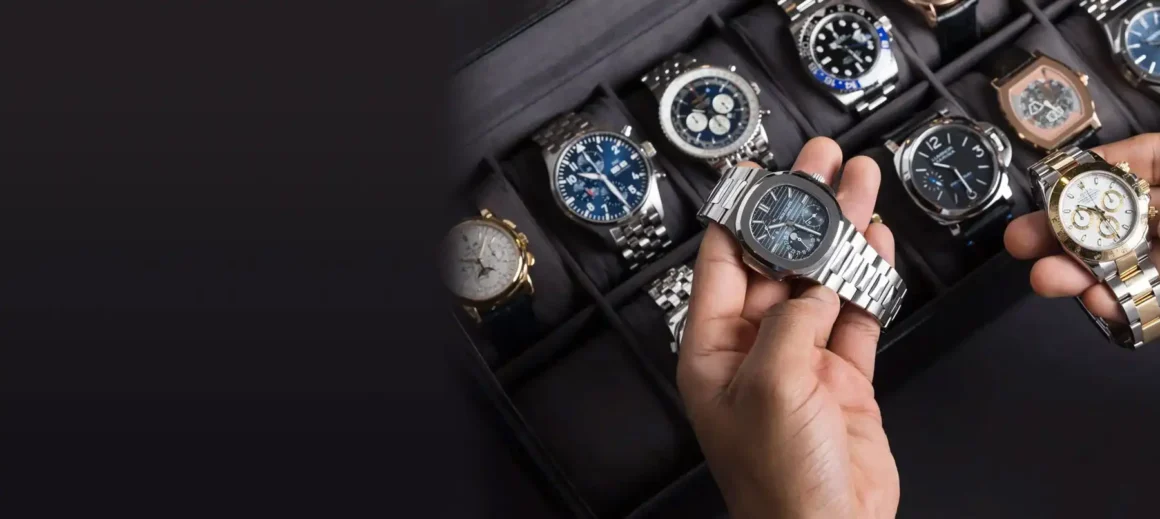
2. Rarity and Limited Editions
Rarity is one of the most important factors in determining the value of a luxury item. Limited-edition watches or one-of-a-kind jewelry pieces tend to appreciate faster than mass-produced items. When a brand releases a limited edition or collaborates with a celebrity or artist, the resulting pieces are highly coveted, driving up demand and price.
For example, Patek Philippe’s rare models consistently fetch high auction prices, and Cartier’s custom high-jewelry pieces are highly sought after. Savvy investors should look for such limited-edition releases or rare vintage items that offer exclusivity.
3. Condition and Provenance
The condition of a luxury item greatly influences its value. Watches that have been well-maintained with original parts intact, or jewelry that has been preserved without significant wear, tend to fetch higher prices. Collectors and investors should prioritize items that have been serviced regularly by the brand or trusted professionals to maintain value.
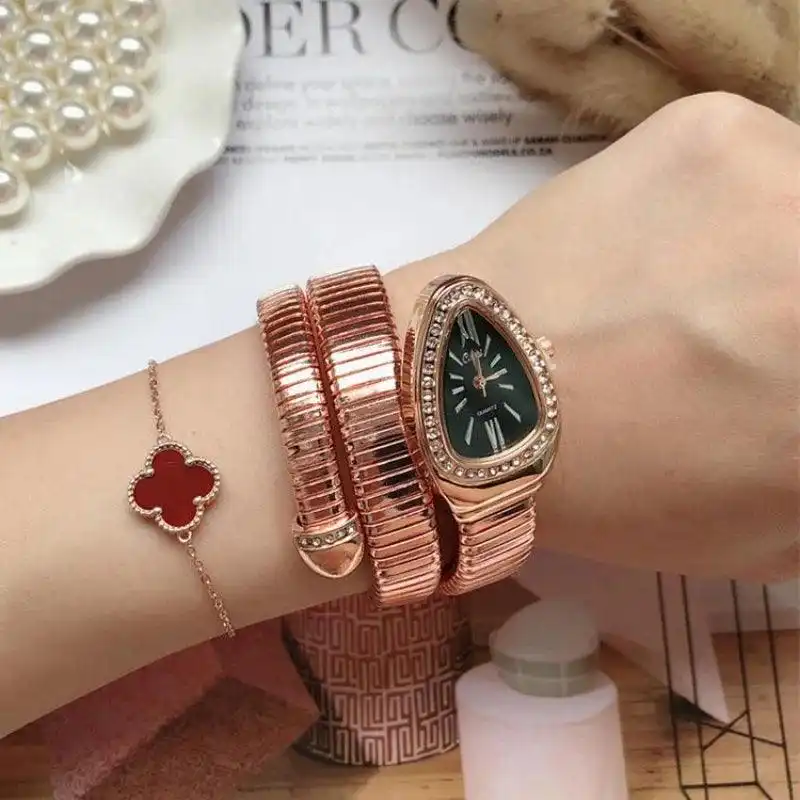
Additionally, provenance—knowing the item’s history, such as previous ownership by a celebrity or its participation in an important auction—can significantly increase the value of luxury goods. Ensuring proper documentation and certificates of authenticity are also essential for maintaining and growing the value of your investment.
4. Market Timing and Trends
Just like any other asset, the luxury goods market is influenced by trends and timing. For example, the demand for vintage watches has surged in recent years, making certain models highly lucrative investments. Monitoring industry trends, such as auction results from Christie’s, Sotheby’s, and Phillips, can help identify when and what to buy or sell.
Additionally, economic cycles impact the market. In periods of inflation or economic uncertainty, tangible assets like luxury goods tend to perform well as they retain intrinsic value. Investors should be mindful of these macroeconomic factors when timing their acquisitions or divestments.
5. Diversification in Luxury Goods
As with any investment portfolio, diversification is key to mitigating risk and maximizing returns in the luxury goods market. A diversified luxury portfolio could include a mix of luxury watches, fine jewelry, handbags, and even art or rare wines. Each of these sectors can perform differently depending on market conditions, and having a broad range of assets helps ensure steady growth over time.
For example, while vintage watches may experience spikes in value due to fashion trends, rare gemstones or bespoke jewelry can offer consistent long-term appreciation.
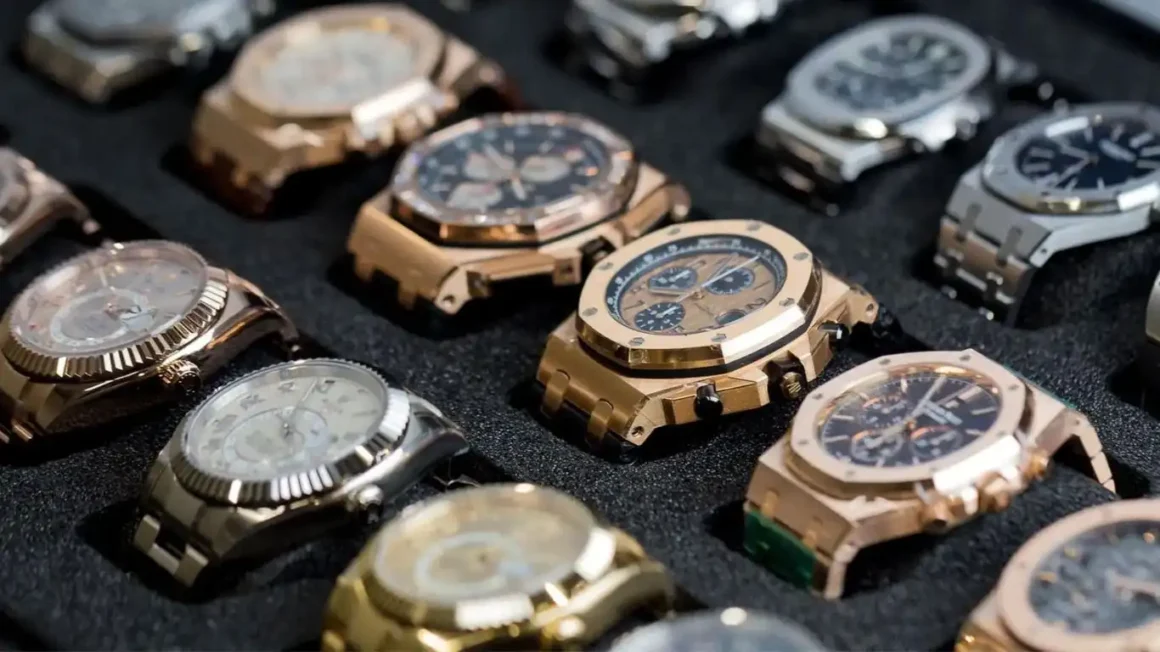
Best Practices for Maximizing Returns on Luxury Goods Investments
1. Buy from Trusted Sources
When investing in luxury goods, it is essential to purchase from trusted, reputable sources. Auction houses like Sotheby’s, Christie’s, and Phillips are reliable venues for acquiring high-value pieces, but private sales and boutique dealers also offer rare opportunities. Always ensure that the item comes with authenticity certificates and, where possible, the original packaging, as these can add to its resale value.
2. Maintain and Insure Your Assets
Proper care is crucial for maintaining the value of luxury watches and jewelry. Regular servicing by certified professionals helps keep your assets in optimal condition, and it’s important to store them in safe environments, away from humidity, sunlight, or damaging elements.
Investing in appropriate insurance is another critical step. High-value items should be insured against theft, loss, and damage, ensuring that your investment is protected. Companies that specialize in luxury asset insurance often provide tailored policies for collectors.
3. Stay Informed on Market Trends
To maximize returns, it’s essential to stay informed about current trends in the luxury market. Monitoring auction results, market reports, and industry publications can provide valuable insights into which brands, models, and materials are in high demand. Additionally, keeping track of economic indicators can help investors anticipate shifts in the market.
Following influencers, industry leaders, and major events like Baselworld or Watches & Wonders can also provide clues about upcoming trends and potential investment opportunities.
Conclusion: Making Smart Investments in Luxury Goods
Investing in luxury goods requires a blend of passion, knowledge, and financial acumen. By understanding key factors like brand reputation, rarity, and market trends, and by following best practices such as buying from trusted sources and maintaining your assets, you can maximize your returns in the luxury goods market.
Whether you are an experienced collector or a newcomer to the world of luxury investments, the potential for financial growth, alongside the enjoyment of owning exquisite pieces, makes this a uniquely rewarding endeavor.


